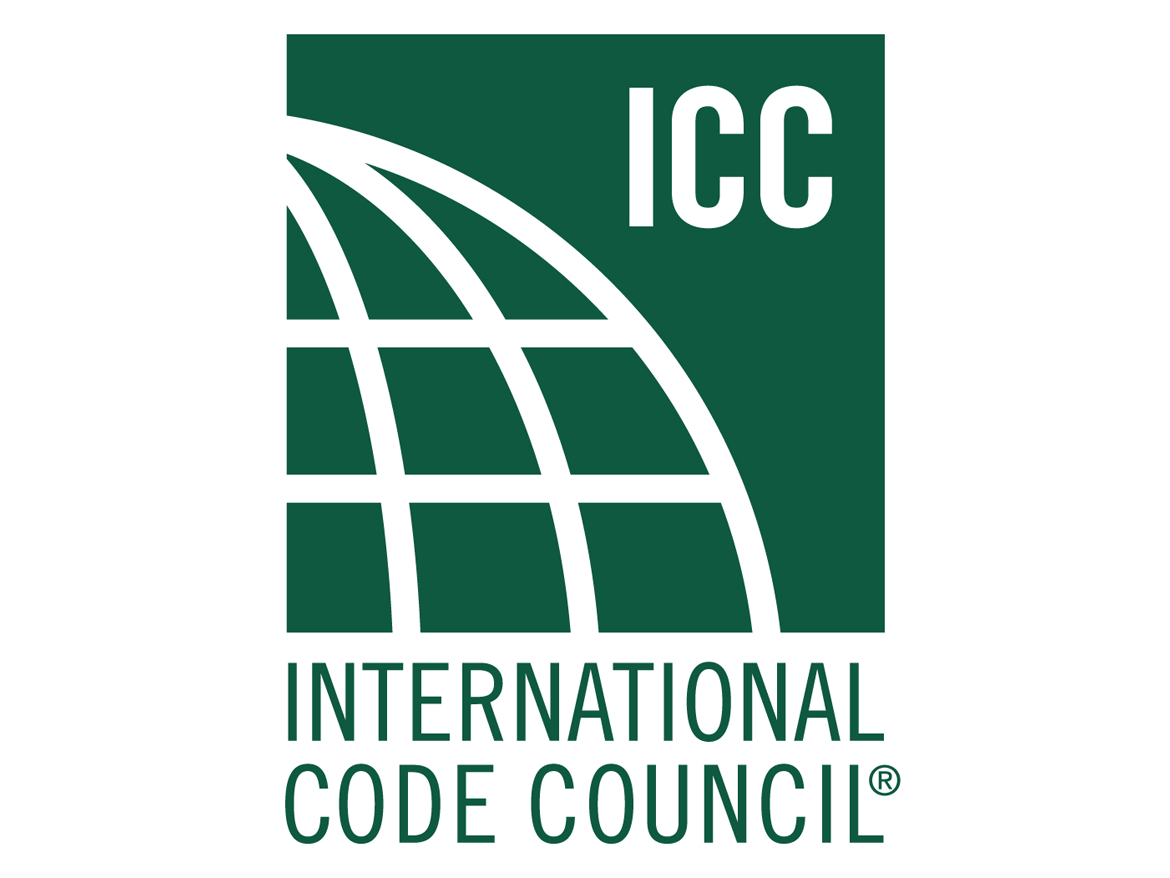Spray-Applied Glass Fiber Insulation
Learn how spray-applied glass fiber insulation can offer solutions for your hard to insulate areas
Sponsored by Monoglass® Incorporated
There is no audio associated with this presentation.
Learn how spray-applied glass fiber insulation can offer solutions for your hard to insulate areas. Used both as a highly effective thermal insulation and acoustic treatment, spray-applied glass fiber insulation can be applied to almost any surface configuration, allowing for greater design flexibility. Made with a high recycled post-consumer and post-manufacturer glass content, this product will contribute to LEED points in many ways. With low VOC’s, and as an inorganic, non-combustible material, it adds to occupant safety and health in several ways. This course will provide an overview of the properties and uses of spray-applied glass fiber insulation, and advantages over other available products.

Photo courtesy of Monoglass Incorporated
Monoglass® Incorporated has been the first choice for spray-on thermal and acoustic fiberglass insulation since 1979. Our low-VOC insulations are noncombustible, provide LEED credits, and contain recycled glass. Used around the globe from New York to Melbourne to Dubai, Monoglass continues to be the choice of specifiers, designers, and architects. www.monoglass.com
Originally published in Architectural Record
Originally published in January 2012
LEARNING OBJECTIVES
- Explain how spray-applied glass fiber insulation components offer health benefits for building occupants.
- Discuss the thermal, acoustic, and air quality performance provided by spray-applied glass fiber and identify situations where this product adds value to a project.
- Define possible LEED credits and environmental credentials of both glass fiber and binder.
- Compare the benefits of spray-applied glass fiber against other product applications on the market, including benefits and considerations in installation, safety, and fire ratings and compliance.












